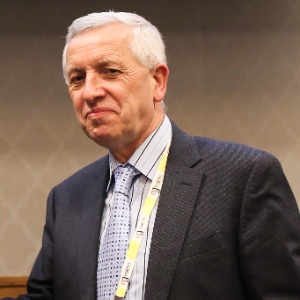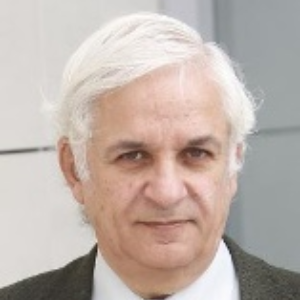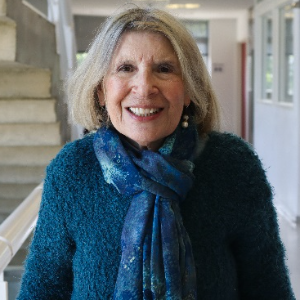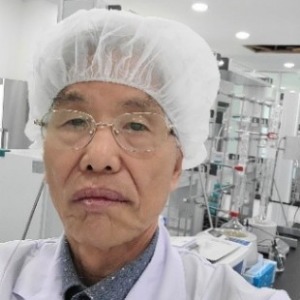A fundamental idea linked to light-induced chemical reactions is the photochemical equivalency law, which says that one molecule of the material responds for every unit of radiation received. A quantum is an electromagnetic radiation unit with energy equal to the product of a constant (or Planck's constant - h) and the radiation frequency, which is represented by the Greek letter nu (v). Gram moles are units used in chemistry to indicate quantitative measurements of substances. An individual gramme mole is made up of 6.022140857 1023 molecules, or an Avogadro's number. The photochemical equivalency law may be rewritten as follows as a result: For each mole of the reacting substance, 6.022140857 1023 quantum of light are absorbed. It refers to the initial chemical change that results directly from the light absorption. The photochemical equivalence law will be applied to the portion of a light-induced reaction that is known to be the primary process. Typically, in most photochemical reactions, the primary reaction can be followed by "secondary reactions," which are regular interactions between the reactants and don't require light absorption. Such reactions don't seem to follow the one quantum - one single molecule reactant relationship as a result. Furthermore, this law is only applicable to conventional photochemical reactions that employ light sources of moderate intensity; high-intensity light sources, such as those used in laser experiments and flash photolysis, are referred to as producing so-called bi-photonic reactions.

Stanislaw Dzwigaj
Sorbonne University, France
Anne M Gaffney
University of South Carolina, United States
Victor Cerda
University of the Balearic Island, Spain
Marta I Litter
Sapienza University of Rome, Italy
Dae Dong Sung
Korea University Sejong Campus, Korea, Republic of
Enrico Paris
CREA-IT & DIAEE, Italy
Collin G Joseph
University Malaysia Sabah, Malaysia



Title : A desirable framework for establishing a resource circulation society
Dai Yeun Jeong, Jeju National University, Korea, Republic of
Title : Design of efficient and stable structured catalysts for biofuels transformation into syngas by using advanced technologies of nanocomposite active components synthesis, supporting on heat conducting substrates and sintering
Vladislav Sadykov, Novosibirsk State University, Russian Federation
Title : Application of vanadium, tantalum and chromium single-site zeolites in heterogeneous catalysis
Stanislaw Dzwigaj, Sorbonne University, France
Title : Personalized and precision medicine (ppm) as a unique healthcare model through bi-odesign-inspired bio- and chemical engineering applications to secure the human healthcare and biosafety: Engineering of biocatalysts - from evolution to creation
Sergey Suchkov, N.D. Zelinskii Institute for Organic Chemistry of the Russian Academy of Sciences, Russian Federation
Title : Catalytic potential of biochar derived from heavy-metal-contaminated biomass
Enrico Paris, CREA-IT & DIAEE, Italy
Title : Effective B2O3 modified Ni/Al2O3 co precipitated catalysts for waste cooking oil transformation into green diesel
Eleana Kordouli, University of Patras, Greece